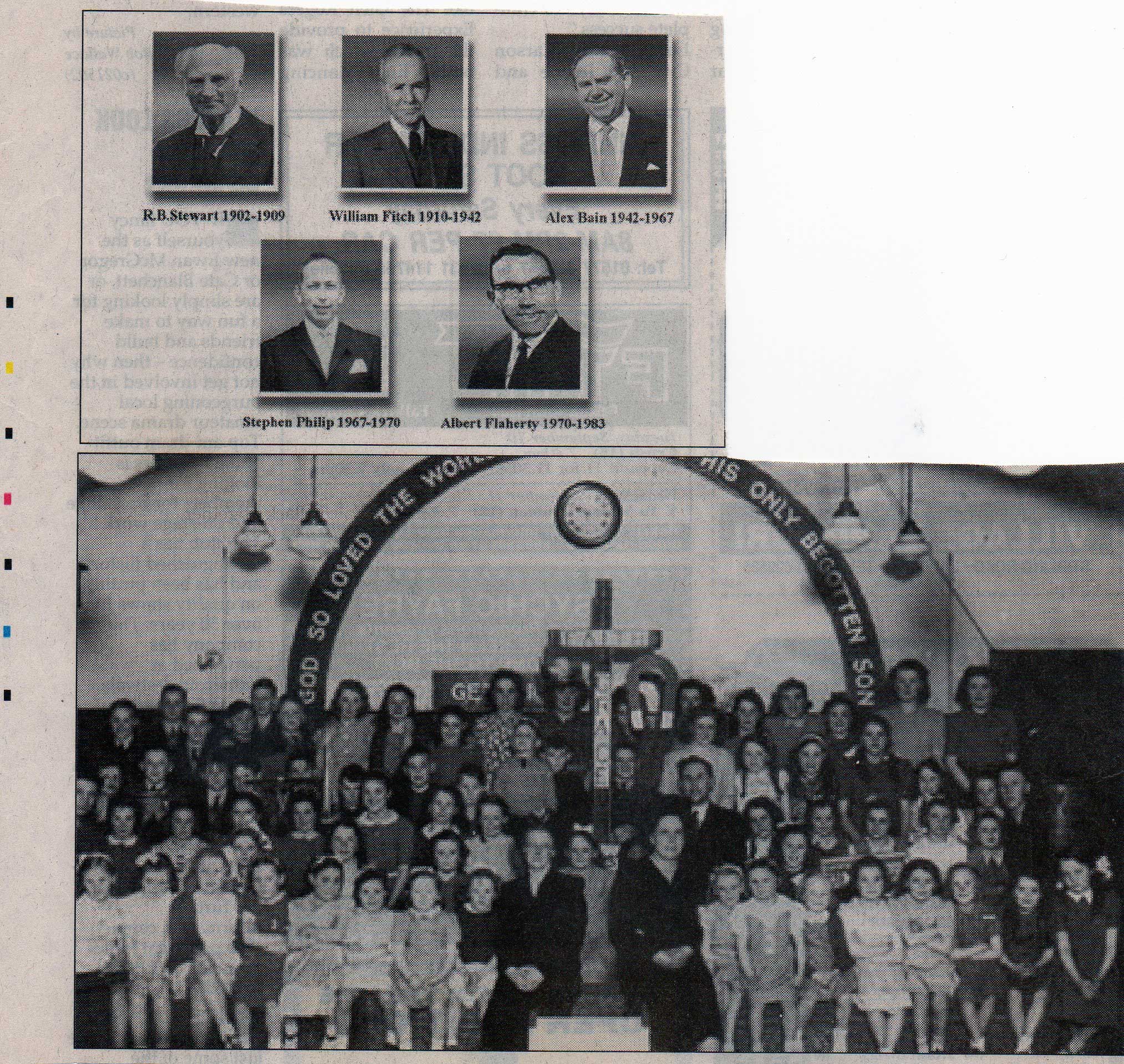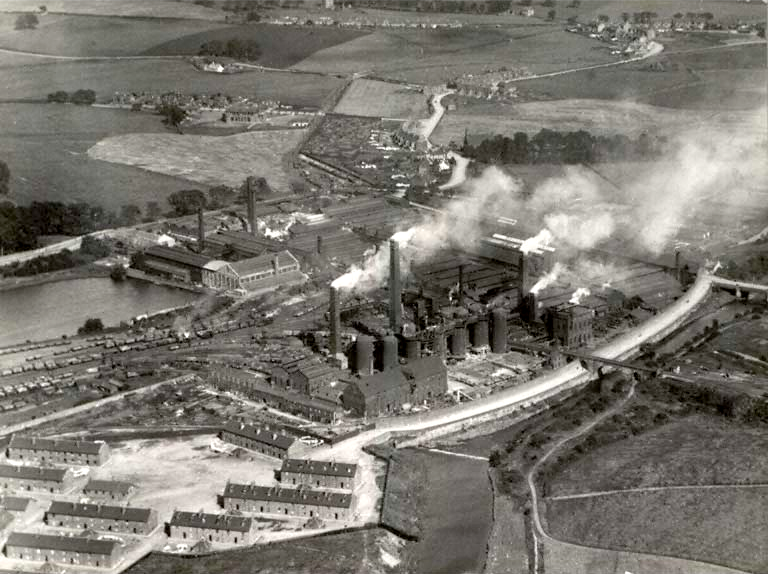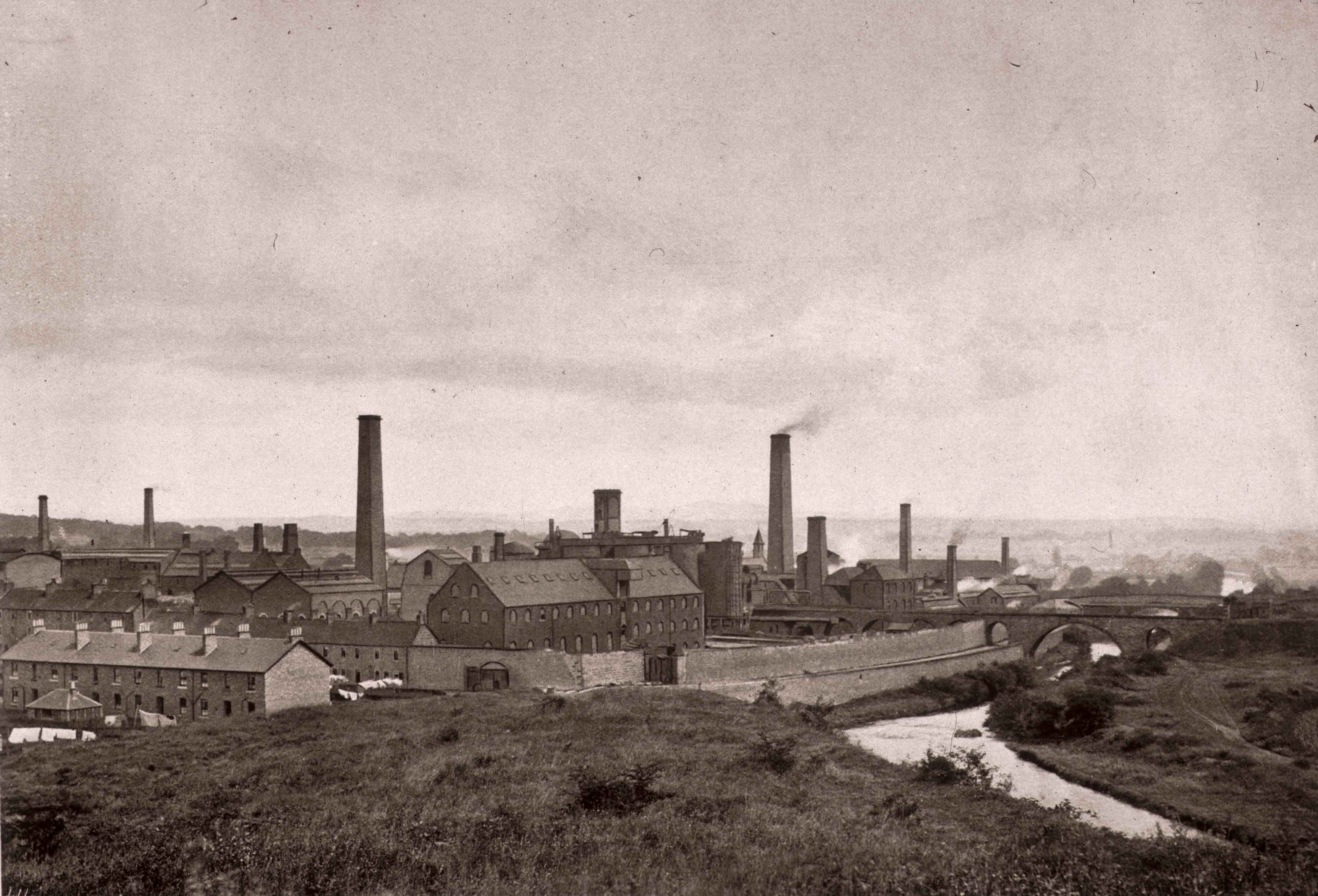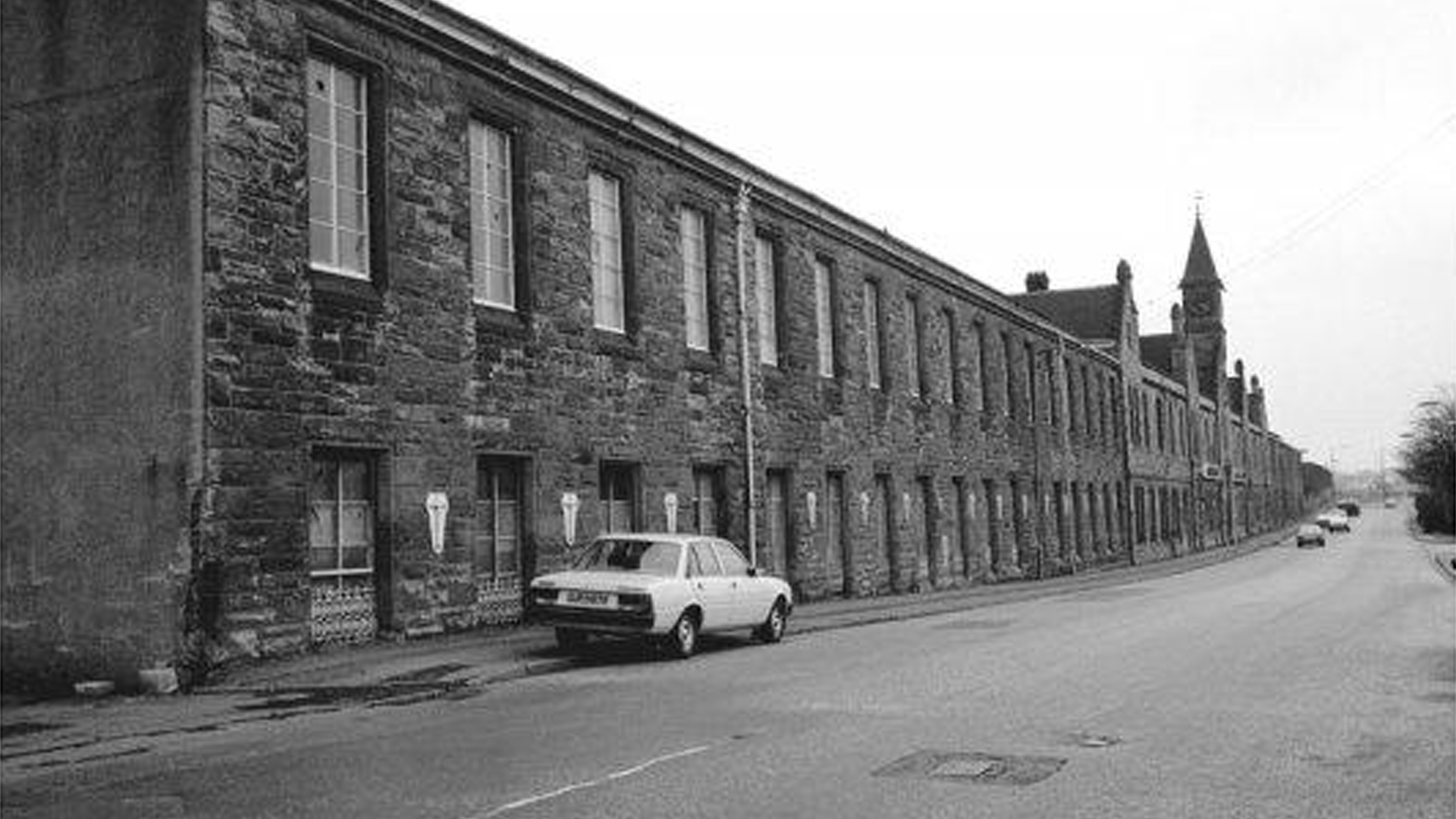The Hidden Histories: Lost Villages project interviewed people who had lived in the village of West Carron as children around the 1940s and 1950s. Here David Glen, who also lived in West Carron at that time, tells us about religious life in the village, drawing on the memories of local people. You can read about the First House to the Last, and Village Memories in the Hidden Histories Collection.
Men who were “workers in iron” were being remade.
fields['text']) echo $section->fields['text']; ?>
The Dawson Mission Hall
Dawson Mission Hall played a central role in the life of the West Carron village community. The Hall was erected at the expense of Dinah Margaret Dawson and her sister, Lady Dawson Brodie, who were the senior partners of Carron Company in 1902.
The Original Mission Hall
In the summer of 1900, a gospel tent was erected to bring the Gospel Message of Salvation into the village of West Carron. New housing had recently been erected by Carron Works for its workers, and the Gospel Tent was manned by Mr Galletly of “The Evangelisation Society” whose labour resulted in several of the somewhat notorious men of the village being saved by Grace.
A Christian Fellowship began, largely run by the well-known Christian worker and lawyer R. B. Stewart who, along with his wife, commenced this spiritual work among the families and employees of Carron Works. The tent season over, Stewart continued meetings in a house, known as “Maggie Duff’s End,” which had become vacant. Such was the interest that Stewart could be seen on a winter’s night standing outside on the pavement beneath his umbrella preaching to his congregation inside, through an open window of the house. Men who were “workers in iron” were being remade. New life had come to West Carron. The village had the name of being a hard and wild place, but now some of the toughest characters were being redeemed, and the Grace of God was working miracles.
Dinah Dawson realised that this changed community needed a place of worship. She acted swiftly and by 1902 paid for the corrugated iron hall in the centre of the village, which was erected by the very men who were converted. Stewart continued to lead the work with the assistance of Miss Milne, known as “the bible woman,” who had performed missionary work in India. A house was built for her at Bothkennar Road, Carronshore, and it became known as the Missionary’s House.




Football was never played while the service was on, as a mark of respect for those attending the services.
fields['text']) echo $section->fields['text']; ?>
The day the Hall was opened
The Falkirk Herald featured a large column on the opening ceremony and the work of R. B. Stewart. The paper talks about his work being considerably restricted by the need for a suitable hall in which to conduct religious services and other meetings. It also mentions this need becoming known to Lady Brodie and Miss Dawson of Powfoulis and how they very generously offered to erect a mission hall at West Carron at their own expense, so that the mission work could grow.
According to the article, the Dawson Mission Hall, erected by Carron Company workmen, was formally opened by Miss Dawson on Saturday afternoon 30th August. The building, made of corrugated iron, comprised two halls, the larger to accommodate 250 people and the smaller hall to hold 80 people. The halls were well lit and furnished with comfortable seating and the building was heated with a hot water installation.
At the end of the large hall was a raised platform with ample capacity, there was a fine new harmonium to the right of the platform, and provision had been made for tea meetings and other social functions, all gifted by Lady Brodie and Miss Dawson. The expense of the halls and furnishings came to around £400. Stewart presided at the opening ceremony with Miss Dawson’s support as Lady Brodie was unable to attend. It is assumed she was ill as she died the following year. The Herald goes on to say that many dignitaries were on the platform including managers from the works, and Major Dobbie of Dobbie Hall.
Missionaries, preachers, organisers, organists, caretakers, door persons, tea ladies, etc. are recorded as follows: Mr Fitch & Mrs Fitch, Willie Roberts, Alex Bain, Andrew Reid Snr., David Haseton, Mr & Mrs Seth Sykes, Joe Nicholl, Jim Fitch, Jenny Waddell, Isa Phillip, Mrs Nicholl, Jean Thomson, Mrs Hay, Neil Taylor, Jessie Bingham, Nana Reid, Alex Fraser, Nan Waugh.
Additional workers in the mission were: Andrew Reid, Aben Reid, John McDonald, John Taylor, Andrew Reid (Eben’s Andrew), Andrew Gilfillan, William Fitch, Hugh Fitch, Tom Fitch, Jimmy Fraser, Billy Fraser Mrs Young, Mrs Leishman, Janice Fraser, Lily Fraser, and Bessie Fraser.
Memories
Football was never played while the service was on, as a mark of respect for those attending the services. The mission The Band of Hope for children was very popular (their attendance cards were stamped with a star) as was the Tuesday evening craft group. There was a women’s group as well as the usual Sunday services. In addition, the mission ran day trips to places such as Burnt Island. I remember a bus trip to Dunbar in Fife where there was of course a beach, an outdoor swimming pool and a paddling boat pool, which was well used. Sadly the outdoor pools no longer exist. It is likely that the trip was organised by Dawson Mission.
By David Glen.

